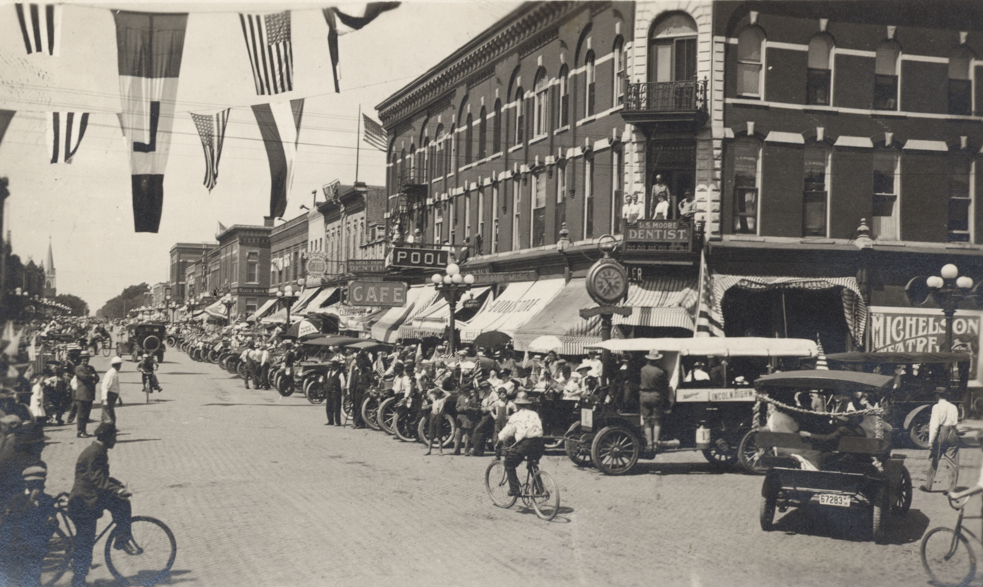RAILSIDE HISTORY
IT ALL STARTED WHEN...
Early French fur traders in the the 1700's named a large island in the Platte River “La Grande Isle”. This island was a natural landmark and was formed by the middle and south channels of the Platte River. In the 1850's, three Iowa-based businessmen saw the economic potential of a town near the Platte's Grand "Island", and speculated that the railroad would soon follow. The venture went bankrupt, but- the 37 settlers hired to start "Grand Island City" stayed.
The Railroad
Word of gold in the mountains of Colorado spread in 1858, and the westward rush was on. The would-be city of Grand Island prospered as it met the needs of those heading west. As Grand Island Station in 1866, the railroad drove most of the town's early growth. The early streets of downtown developed just south of the Union Pacific roundhouses on North Front and Locust Streets. The town was incorporated in 1872 and in 1884 Grand Island literally became a crossroads for rail traffic when the Burlington & Missouri River Railroad crossed at grade with the Union Pacific on the city’s east side. Today this railroad intersection is one of the busiest in the nation.
Lincoln Highway Celebration
The Lincoln Highway
The city boomed in the 1880's and survived the recession, of the 1890's. At the turn of the century Grand Island had carved out its place as a major railroad, business, agriculture and industrial center. In 1916 the first paved coast to coast roadway known as the Lincoln Highway came to town and connected New York to San Francisco.
World War II
During World War II the city was home to thousands of soldiers, airmen and even prisoners of war. A large Army installation west of the city was the site of the Cornhusker Ordnance Plant. Over 4,000 people, including many women, were employed at this facility that produced ammunition and bombs for the war effort.
The Grand Island Army Airfield, situated at the airport northeast of town was a specialized training base created for the crews of the B-17 ‘Flying Fortress’ Bombers and the B-29 ‘Superfortress’ Bombers. At the peak there were 3,500 airmen stationed at the facility. Most of the crews trained here left for immediate deployment in the Pacific.
About 100 German prisoners of war (POW's) were located at the former Dodge School building downtown. Ironically, the POW camp in Grand Island was directly across the street from the Liederkranz, a large German social organization. Most of these prisoners worked on nearby farms.
These war related operations had a profound impact on downtown Grand Island and the surrounding area.


